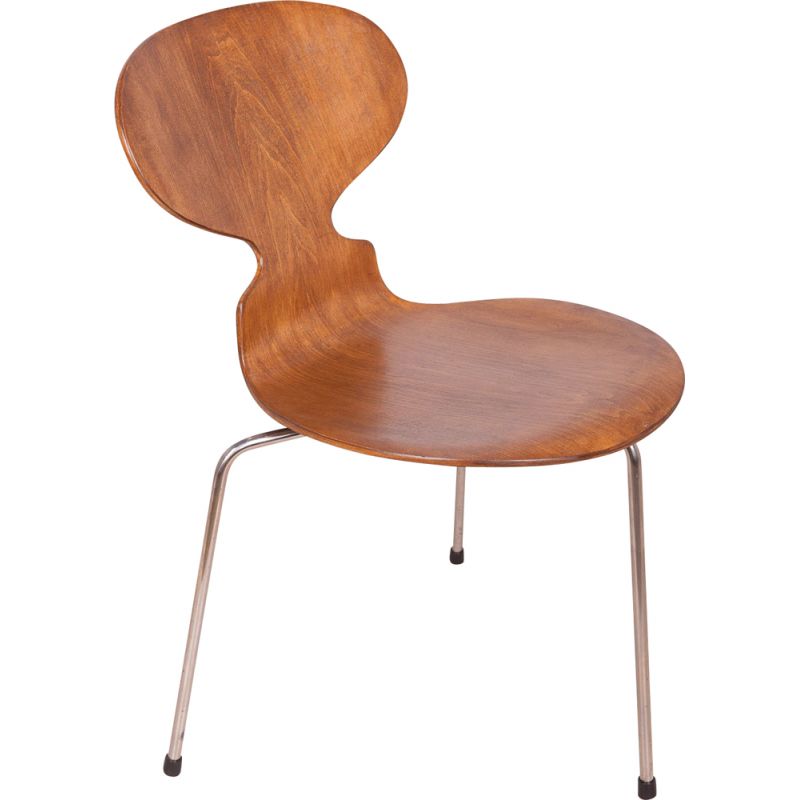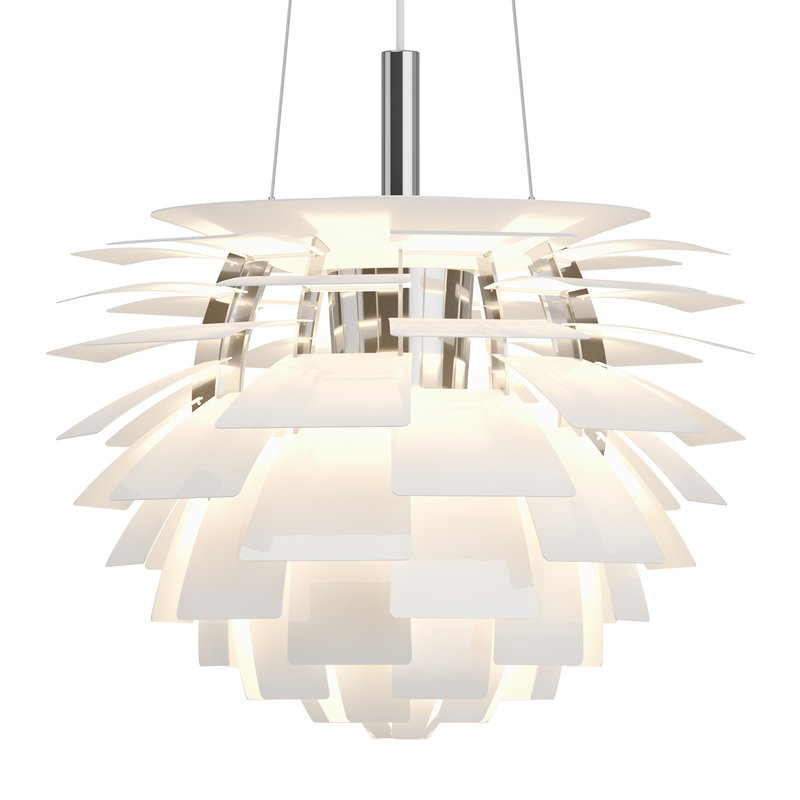
When many of us think of Nordic design, IKEA is the only thing that comes to mind. However, there is a lot more to it, including a history that dates all the way back to the early 20th century. Nordic design originated in the 1930s when three artists, Alvar Aalto (FI), Borge Mogensen (DK), and Verner Panton (DK) began to collaborate. Together they formed what was referred to as the “Golden Age of Scandinavian Design”. They set the path for the ideas of constructivism, functionalism, and surrealism, which would later inspire the iconic landmarks of Nordic design. It was not until the 1950s that the style really took off and became the style we now know today, however. Design in Scandinavia, a traveling exhibition featuring the best designs from the region, was organized in 1954 by Elizabeth Gordon, a tastemaker who supported the movement. As the tour makes stops in the United States and Canada, this show helped create and popularize the term “Scandinavian Design” that we now hear today. The style has remained popular in the United States and in many other countries across the globe today, whether that be unintentional from people getting their furniture from IKEA, or from them intentionally decorating using this design.
So, what makes Scandinavian design, Scandinavian design? Well, modernizing daily life is the primary goal of it. The style was and is still based on the values of the Nordic lifestyle: Practicality, simplicity, harmony and quality. To reflect these values in their work, designers concentrate on interior design style using furniture, lighting, fabrics, accessories, and common household objects like dishes, silverware, cooking equipment, and linens. A close connection between design components and the natural world permeates Scandinavian interiors. The strong contrast between abstract and organic shapes, as well as between rough and smooth surfaces, is a common example of this. Most interiors of homes only sometimes employ natural materials like stone, wood, and leather. Eco-friendliness is also a huge part of this design style. Using sustainable, organic building materials for the flooring, walls, siding, and roofing is promoted. Its design tenets state that everything should be long-lasting rather than disposable, and that everyone should live in harmony with their surroundings.


The designs take elements from multiple Nordic countries. Danish design evolved into a democratic movement after World War II, with manufacturers turning to producing natural raw materials like leather, wood, and ceramics to bring comfort into every household. Colors and soft textiles are seen throughout Nordic-themed houses, these originally take inspiration from Finland, the birthplace of Marimekko’s striking designs. Stark contrasts in the design started in Icelandic design. The island, equipped with stunning white glaciers and scary volcanic activity, reflected designers’ work. They were inspired by the contrast between the harsh weather conditions and the necessity to survive the frigid temperature to flourish with shapes, textures, and patterns. Design in Norway aimed for unmatched durability and simplicity of form while using regional craftsmanship at every stage. A calm aesthetic is produced by the combination of stark colors and opposing patterns. Designers stress wood’s powerful, basic look while showcasing its flexibility and natural textures.Minimalist, practical furniture with clear, uncomplicated lines has also always been popular in Sweden. A focus on utility has, like other Nordic nations, blended both traditional and modern materials. Everyday existence has been shaped by rational patterns. These elements combined make Nordic design what it is.
Some popular designers of the genre that you should know about include Arne Jacobsen. Jacobsen is best known for his chair designs. He created the Egg Chair, and the Ant Chair which are still popular in homes today. Another popular designer is Greta Magnusson-Grossman. Although she spent the majority of her life in California, she made a name for herself as a young designer in her native country Sweden before settling there. She established a store on Rodeo Drive in Los Angeles, selling the modernist aesthetics of Scandinavian furniture to famous names including Frank Sinatra. She is best known for her grasshopper lamp design. Yet another great designer whose work you should keep an eye out for is Poul Henningsen, who is best known for his light features. He designed them way back in the 1920s, when the electric light bulb was a fairly brand-new invention. All these years later, his PH Pendant lamp, Artichoke lamp, and PH Snowball lamp are still found in homes, the Artichoke lamp being the most popular. There are countless others out there that you should check out, for example Hans J Wegner and Maija Isola.




A wide range of other styles go nicely with Scandinavian modern designs. Many furniture pieces blend in beautifully with other items from other eras, so certain pieces can really be incorporated into any home. Nevertheless, many people are using Scandinavian design to design their entire homes, which comes as no surprise as people make their houses into havens from the stresses of daily life. The theory underlying this aesthetic helps create peaceful, concentrated areas that offer reprieve from the always-on reality of modern life by emphasizing quality over quantity and clean, clutter-free spaces.